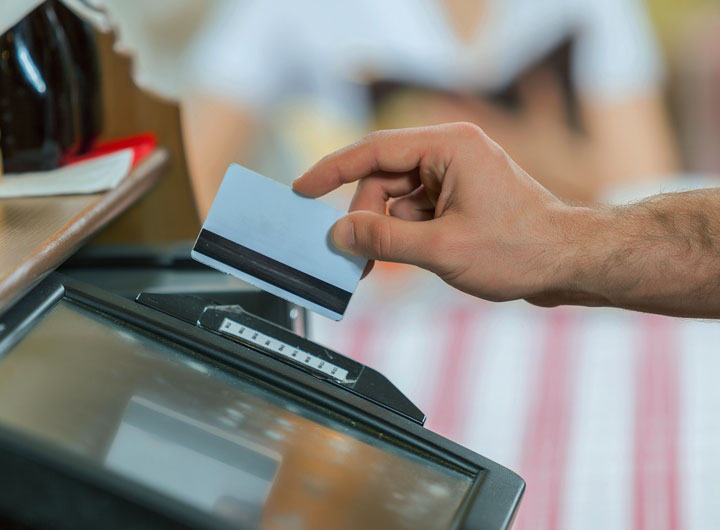Although there is no way to make sure that your personal information is totally safe, you can take steps to avoid becoming a victim.
Minimize risks:
- Mail your bills from a secure location and do not leave sensitive mail sitting in your mailbox for extended periods.
- Shred or otherwise destroy any statements, documents, or records which contain personal or financial information after they are no longer needed.
- The most common form of identity theft continues to be obtaining personal information through lost or stolen documents, checkbooks, or credit cards.
- Do not carry:
- information that you no longer need in your purse or wallet
- Social Security card with you unless you know you will need it that day
- personal identification numbers attached to credit, debit, or ATM cards
- Do not carry:
- Store important information in a safe place in your home. Do not leave financial records lying around your house.
- Use anti-virus and anti-spyware software, as well as a firewall, and update them regularly.
- Set up your operating system and web browser software properly, and update them regularly.
- Avoid using passwords like your birth date, spouse or child’s name or birth date, mother’s maiden name, or the last four digits of your Social Security number.
- For tips from the federal government and the technology industry about protecting yourself from internet fraud and securing your computer, visit OnGuardOnline.gov.
- Do not share personal information over the internet.
- Don’t get reeled in by a phishing scam. Never respond to an email that asks you to transmit personal information online. Legitimate companies will not make such requests.
- Your bank or credit card issuers already have your account numbers, PINs, access codes, passwords, Social Security number and other information they need. They won’t email you to ask for it.
- Beware of giving personal information over the phone. Know who you are dealing with. When in doubt, hang up and get the business or government agency’s number from an independent source.
How can I tell If my identity has been stolen?
Due diligence is the best way to detect suspicious activity that may be the result of identity theft.
- Review bank, credit card, and financial account statements for unusual activity. Promptly report unauthorized charges to the account provider.
- Check your credit report at least once a year.
- Everyone is allowed one free credit report per year from each of the three national credit bureaus: Equifax, Experian, and TransUnion.
- By checking your credit report you can determine whether accounts have been opened in your name without your knowledge.
- Also, you can check the accuracy of the report. You have the right to have inaccurate or outdated entries removed from your credit report.
- To learn how to obtain your free credit report, please visit AnnualCreditReport.com.
Red flags
- Getting an account statement for an account that you did not authorize is an indication that you may be the victim of identity theft. Likewise, getting collection calls from a creditor or debt collector regarding an account that you did not authorize is an indication that you may be the victim of identity theft.
- Not receiving expected bills or account statements. If your monthly credit card statement stops coming to your address, this could be an indication that someone has stolen your mail or changed your account statement mailing address. Promptly report this to the account provider.
- Having a credit application denied when you have no reason to believe you have a problem with your credit history. Be sure to periodically review your credit report, and always review it again before you make an application for credit on a big purchase.
Federal Resources
Federal Trade Commission
Tools for victims
Department of the Treasury
U.S. Postal Service
Department of Justice




